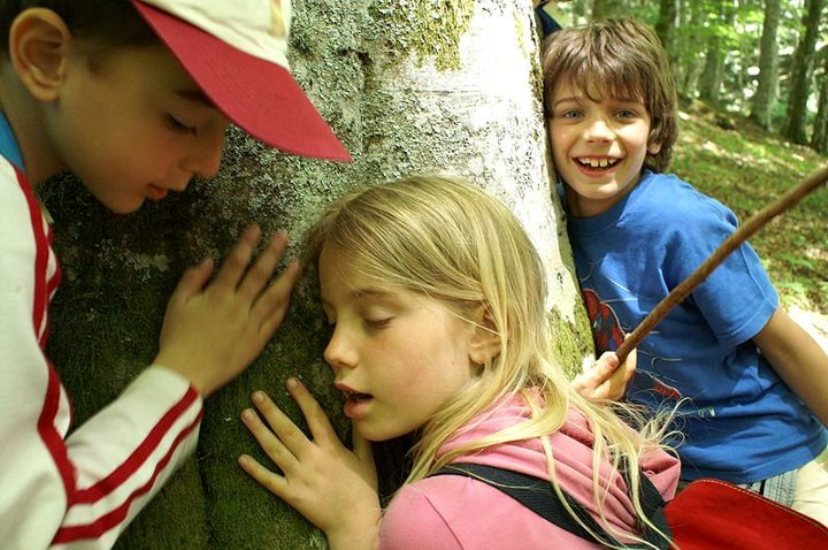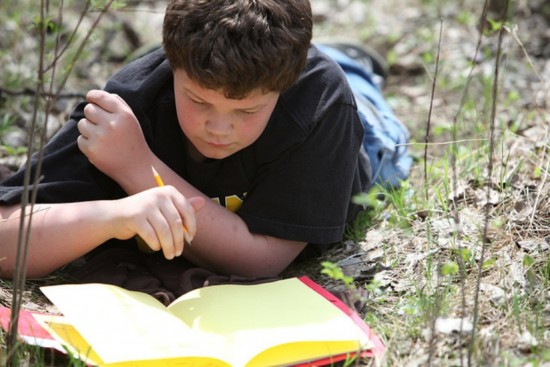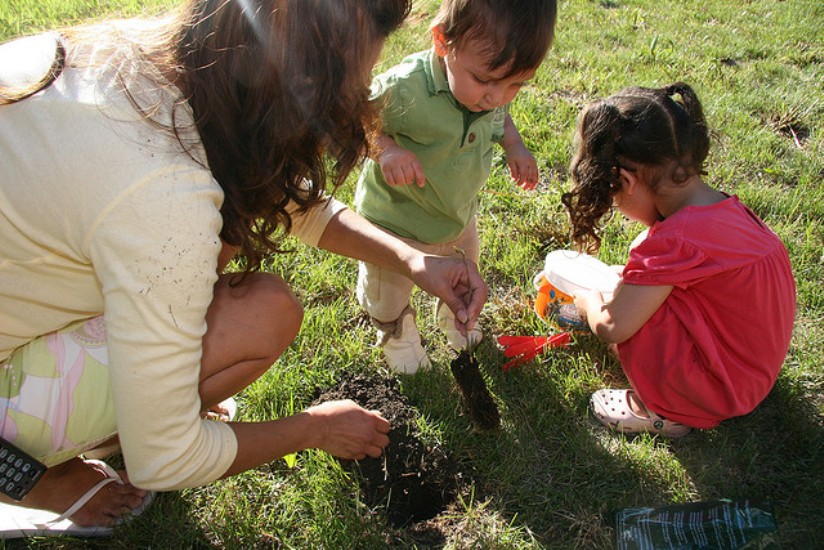Eight simple ways to learn about the Bay
Keep your students exploring the outdoors during the school year with these eight simple tips.
Now that school is back in session, your student may be spending more time indoors than outside exploring his local environment. Fortunately, there are several ways to keep your little adventurer’s sense of curiosity alive throughout the school year.

Image courtesy Children and Nature Network/Facebook
Here are some of our favorite ways for parents and teachers to introduce hands-on environmental learning to the watershed’s younger residents:
1. Conduct a field study

Image courtesy U.S. Fish and Wildlife Service/Flickr
Look for an area where your students can observe the natural world. Whether their classroom curriculum outlines the life cycle of frogs or the benefits of pollinators, students are sure to appreciate experiencing their textbooks in action.
Field studies often take place in a park or at a nature center. But if you would rather stay close to home, consider creating a schoolyard habitat with your students to attract wildlife and serve as an outdoor classroom perfect for long-term plant, insect and animal monitoring.
2. "Green" your school
What better way to get your kids to care about the earth than to “go green” yourself! Does your school have a recycling or composting program? What about a habitat for local wildlife? Implement sustainable and environmentally-friendly practices where you can and your school could earn recognition as a “Green Ribbon School” from the U.S. Department of Education.
Wondering where to start? Get advice from the Center for Green Schools, a program dedicated to transforming schools into sustainable and healthy places. And be sure to get a tip or two from your state: Maryland, Pennsylvania, Virginia, New York, and West Virginia all have green school programs.
3. Get outside
Educators and parents know that outdoor recess can encourage students to expend some of that extra energy. But time spent outside can also foster an appreciation for and fascination with the environment—not to mention prevent childhood obesity and curb attention deficit disorder (or ADD). After all, weren’t today’s biologists once inspired by the gooey worms they used to collect or the bird’s nests found in their backyards?
Encourage your kids to get outside with structured activities, from tag and hide-and-go-seek to geocaching. This latter sport is gaining popularity across the country, as a GPS-powered treasure hunt. Read more about geocaching with students or take a look at our photo slideshow of a geocaching adventure at the Accokeek Foundation. And learn more about how time outside can help your child from the No Child Left Inside Coalition.
4. Get to work

Image courtesy of courosa/Flickr
From coloring a white wall with an orange crayon to planting green trees in a barren field, kids love to feel like they’ve made a lasting, physical change to the environment around them. So why not plan a day of outdoor service learning? A number of schools and community groups hold these events on their grounds. Look for one near you this fall!
If you are an educator in Maryland, Gov. Martin O’Malley’s Stream Restoration Challenge is a great way for your middle or high school students to learn about the Bay while giving back to their community.
When a day outside just isn’t possible, a selection of nature writing or scenic websites, movies and other multimedia can still engage your students with the natural world. Use Bay Backpack to find curriculum guides and lesson ideas based on your location, grade level and state’s environmental education requirements.
6. Get money
If your big ideas for outdoor experiences stretch far beyond your budget, consider finding funding through an outside source. Some extra support through a grant, for instance, may be just what you need to get that edible vegetable garden started outside your classroom or in your neighborhood. Learn more about funding sources here.
Professional development courses can include kayaking down a river or stream, exploring island habitats or learning how to build a rain garden. These training opportunities give you a chance to connect with other educators and to hear fresh takes on how to connect your classroom with the world outside.
8. Get ideas
Connecting with other parents or educators about their teaching techniques can bring creative juice to your curriculum. Check out Bay Backpack, which features school spotlights and easy activities for kids. And to discuss the benefits of outdoor play with other parents and professionals, join the Children and Nature Network.

Comments
There are no comments.
Thank you!
Your comment has been received. Before it can be published, the comment will be reviewed by our team to ensure it adheres with our rules of engagement.
Back to recent stories